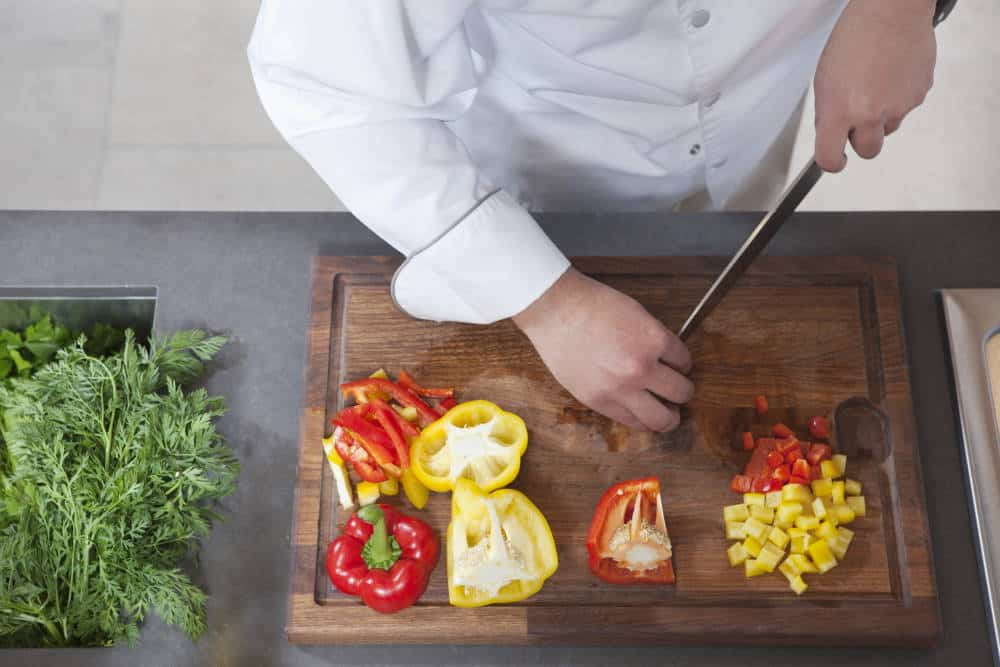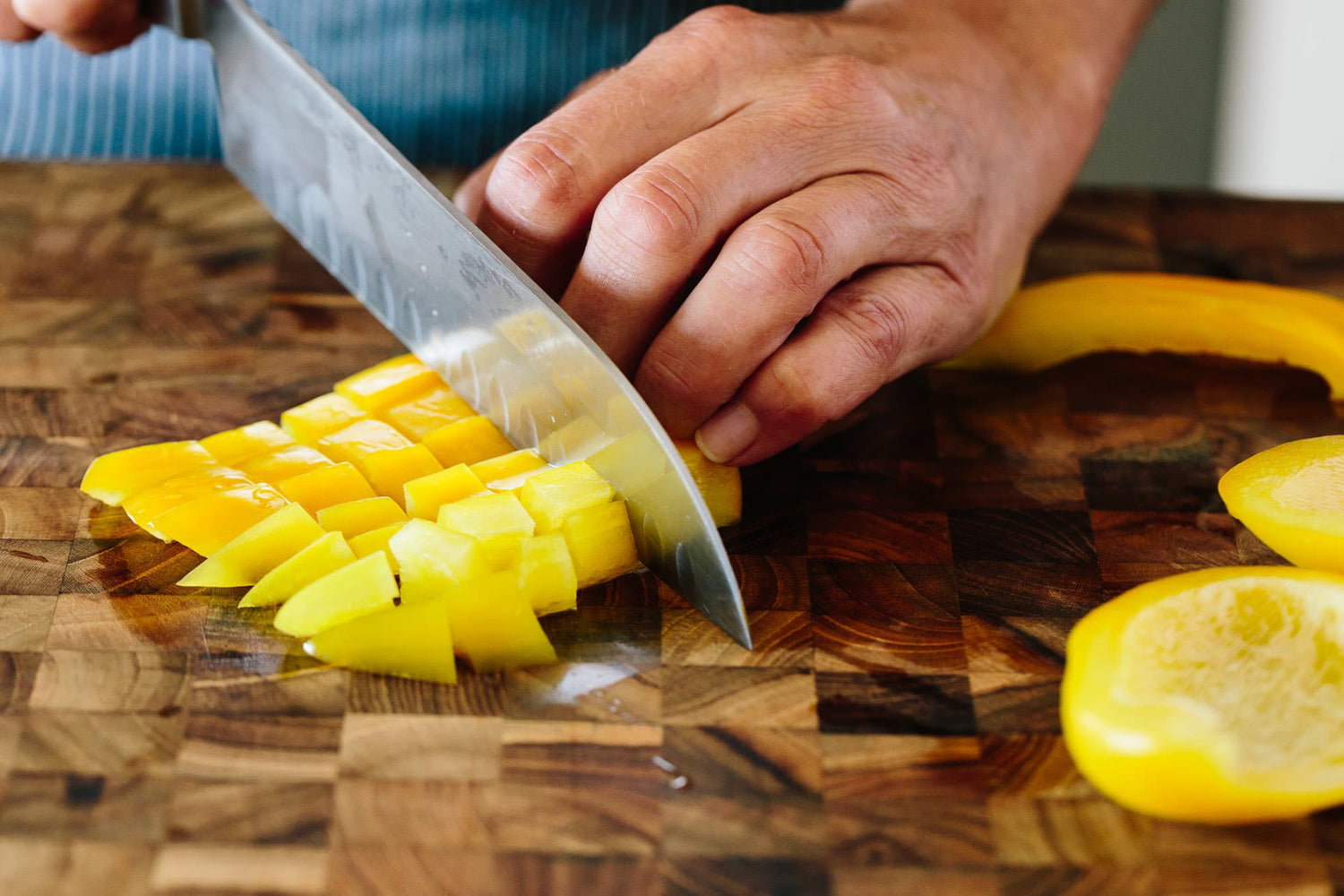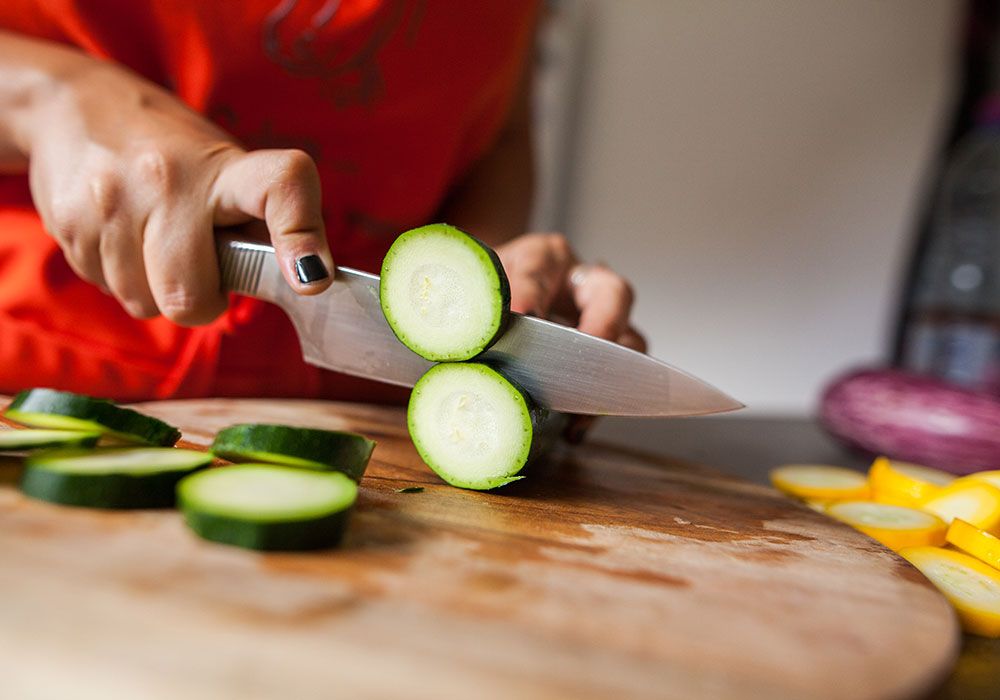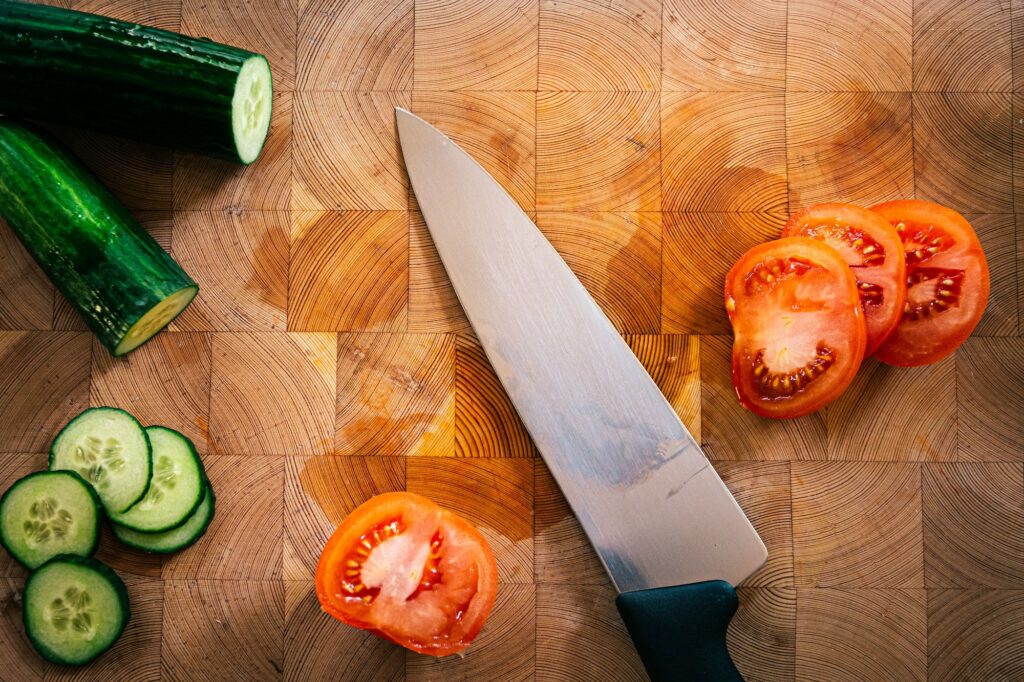As a kitchen professional, one of the dirtiest little secrets of keeping your cutting boards in top-notch condition is learning how to keep cutting boards from warping. Whether you're operating in a bustling restaurant kitchen or refining your craft at home, warped cutting boards can be a real nuisance. If ignored, they can wobble around, compromise food safety, and even pose hazards for precision cuts. But the good news isit doesnt have to be this way!
In this article, I'll unveil the most life-changing methods to keep your boards flat, functional, and ready for years of service. With some tremendous tips leveraging modern technology, lets dive into all things related to cutting board care for mitigating warping woes.

Why Do Cutting Boards Warp?
Before we get down to how to keep cutting boards from warping, its important to understand why it happens in the first place. Warping is caused by uneven moisture absorptionwhen one side of the board absorbs more water than the other. Common triggers are improper cleaning practices, incorrect storage, and fluctuating environmental conditions.
Boards made of natural wood such as maple or walnut are especially prone to warping. However, even plastic cutting boards arent immune. Understanding these factors sets the foundation for effective prevention.
Internal Resources:
How to Prevent Warping: Top Tips for Kitchen Professionals
1. Choose the Right Material
The board's material plays a vital role in its longevity. High-end woods, such as maple or teak, are often the gold standard. Simultaneously, plastic boards are less prone to absorbing moisture, making them a potentially better fit for rigorous kitchen setups. Learn how to balance wood vs. plastic by checking out this insightful comparison.
2. Always Dry Immediately
One of the simplest ways to combat warping is to dry your cutting board instantly after washing. Avoid letting water siteven for just a few minutes. Use a clean, dry towel to blot away excess moisture. For wooden boards specifically, allow them to air-dry standing vertically to maintain uniformity.
3. Oils Are Your Best Friend
For wooden cutting boards, regular oiling is non-negotiable. Use food-grade mineral oil to create a protective barrier that locks moisture out while preserving the woods natural shape. If unsure, heres a detailed guide on why wood care matters.
4. Use Both Sides Alternately
To prevent developing irreparable curves, make it a habit to flip the board and use both sides equally. Always alternating sides ensures that neither side is constantly subjected to moisture absorption, pressure, or cutting impacts.
Storage Secrets: Pro Tips for Keeping Boards Straight
While cleaning and maintenance are crucial, how you store your cutting boards can also dictate how long they stay warp-free.
Vertical Storage Prevents Uneven Pressure
Instead of stacking boards horizontally (which can trap moisture between boards), store them vertically in open shelving. Keeping them upright allows better airflow and ensures they dry evenly.
Avoid Heat Exposure
While heat seems harmless, it wreaks havoc on sensitive surfaces like wood. Keeping cutting boards away from stovetops, radiators, and direct sunlight can keep them pristine.
Learn More About Storage:
For added inspiration, check out state food safetys cleaning & storage tips.
Fixing Warped Cutting Boards: Can They Be Saved?
Sometimes, despite your best efforts, a cutting board may still warp. But dont worryheres how you might salvage it.
The most common DIY fix involves steaming the warped side with a damp towel or gently clamping it against a flat surface until it dries back into shape. For prolonged success, refer to this step-by-step breakdown on straightening warped boards.
Frequently Asked Questions
1. What causes cutting boards to warp?
Warping commonly occurs due to uneven moisture absorption, improper washing, or exposure to fluctuating heat and humidity levels. The material type is also a major contributor.
2. How often should I oil my wooden board?
Oiling should be done at least once a month for boards in regular use. For older or heavily used boards, weekly application might be more effective.
3. Are plastic cutting boards completely warp-resistant?
No, while plastic cutting boards are more resistant to moisture absorption compared to wood, extreme heat or improper storage can still warp them over time.
For more tips, check out this guide on professional board care!

Final Thoughts
Learning how to keep cutting boards from warping is undoubtedly a valuable skill for kitchen professionals. By implementing these remarkable tips, ensuring proper cleaning, and leveraging modern technologyyou can extend your boards lifespan and save valuable time. Keeping your work surfaces flat isnt just about aesthetics; its both a matter of safety and efficiency. So, roll up your sleeves and get ready to give those boards the love they deserve!
This article contains affiliate links. We may earn a commission at no extra cost to you.






Leave a comment
This site is protected by hCaptcha and the hCaptcha Privacy Policy and Terms of Service apply.